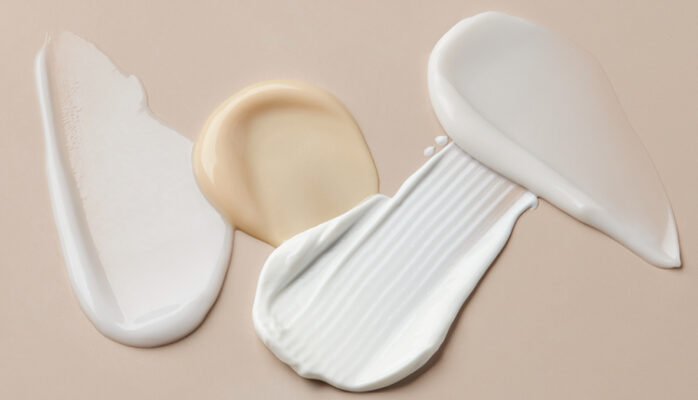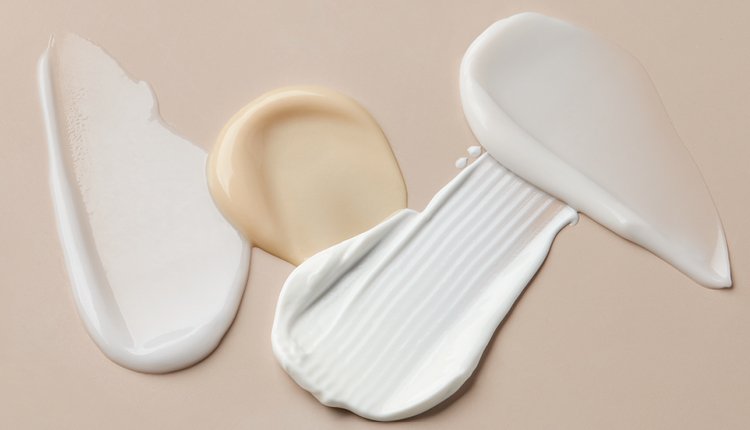Skin Care Health
Three Compounds for Anti-Aging Skin Care!
 I want to talk about three very special compounds and explain what they are, how they work and why they should be part of your skincare routine.
I want to talk about three very special compounds and explain what they are, how they work and why they should be part of your skincare routine.
The first special compound I want to discuss is Retinol, not to be confused with Retinoid A. Both are forms of Vitamin A and provide similar anti-aging results but in different time frames. Retinoids are available only with a prescription and are fast acting, while retinol is available over the counter and slower acting.
Vitamin A is an antioxidant. This means it inhibits oxidation, which can cause damage to cells. By default, retinol and retinoids are also antioxidants as they are derivatives of Vitamin A.
Retinol increases cell production, helps unclog pores, exfoliates skin and increases collagen production which can reduce the appearance of fine lines and wrinkles. This gives skin a fresh, plump appearance. It’s also been used to treat acne and acne scars. Persons with severe acne should see a medical care provider for treatment with Retinoid.
How does it work
The small molecule size of retinol allows it to permeate beneath the epidermis (outer layer of skin) to your dermis (middle layer). Once there, retinol neutralizes free radicals. This helps boost production of elastin and collagen which creates a plumping effect that can reduce the appearance of enlarged pores and wrinkles.
Why should I use it
Daily use of retinol (or every other day for those with very sensitive skin) can reduce fine lines, wrinkles, uneven skin texture, sun damage to skin, while creating a fresh and plump look to skin. It should only be used at night as it does cause sun sensitivity. Using a sunscreen when exposed to the sun’s rays is necessary when using a retinol cream or serum.
For those that experience sensitivity, start with every other day or every third day to determine your tolerance. If there’s no itchiness or redness after a couple weeks then apply daily at night. Waiting 30 minutes after washing the face can also help reduce skin irritation if you have sensitive skin.
Avoid retinol if you are pregnant or lactating.
If you’re serious about enhancing the bodies collagen production, using a retinol product is heads and shoulders above taking a collagen supplement. Collagen is a protein and is broken down into it’s individual amino acids for absorption in the gut. From there, the body uses these amino acids as it n
I’m sure many of you have heard about Hyaluronic (pronounced hi-ah-lew-ron-ic) Acid (HA) and some may even be using it already! HA is a natural substance found in certain fluids in body, particularly eyes and joint fluid. It acts as a cushion and lubricant in joints and other tissues.
It’s been shown to be very good at retaining water which is why it’s often used for treating dry eyes. It’s also used in moisturizing creams, lotions and serums because of its super hydrating quality. HA helps skin stretch and flex thereby reducing wrinkles and lines. It’s also been proven to help wounds heal faster and can reduce scarring.
HA is also a common ingredient in gels or personal lubricants for vaginal dryness or pain. It’s available by prescription in the form of an injection into joints (knees, hips, etc.) to relieve pain from arthritis. Have you heard of Euflexxa or Synvisc?
There are other uses for HA as well but you can see it has a broad scope of applicability.
How HA works
HA belongs to a molecular structure called polymers. Polymers typically have complicated, chain-like designs which leaves plenty of spots where other chemical compounds (like water) can latch on. That’s why a quarter teaspoon of hyaluronic acid can hold about one and a half gallons of water, making it the best polymer—natural or artificial—for absorbing water. It holds 1000 times its weight in water!
Why should I use it
Long-term use of HA serum on your skin or in a supplement taken by mouth can improve overall skin health. It can help improve overall skin flexibility and elasticity, making skin more soft and reducing lines and wrinkles.
The last compound I want discuss is niacinimides because it’s almost become a buzz word in the cosmetic industry even though it’s been around for ages. Niacinamide, or nicotinamide, is simply a form of vitamin B3 (niacin). It’s found in many foods including meat, fish, milk, eggs, green vegetables, and cereals. Niacinamide is necessary for the function of fats and sugars in the body to maintain healthy cells.
How it works
Studies demonstrating the benefits of niacinimide to your skin are in its early stages, but it contains properties that help treat some skin conditions like acne and eczema. It works by helping the skin build proteins and lock moisture to prevent damaging effects of external factors (like pollutants, bad diets, over exposure to sun and wind, etc.).
Why should I use it
The components of niacinamide are restorative, as it helps restore cellular energy of the skin’s cells and repair damaged DNA. Its anti-inflammatory properties can reduce redness and calm red patches (think rosacea). It helps build keratin, a protein that maintains skin health, making skin stronger, smoother and brighter. For those with acne, applying a cream containing niacinamide helps nourish and seems to improve the appearance of skin, especially when used with other products like retinol (to be discussed next!). A good skin tolerant amount is about 5%, with no more than 10% in any topical cream or serum.
These three wonderful compounds can really make a difference in your skin care when used consistently. Sometimes when you think of putting an acid on your face or something that sounds medicinal, it sounds a bit scary. So I hope you’ve found this information useful and helpful.
If you want to learn more about one of our products containing both hyaluronic acid and niacinamide, check out Ultimate Facial Serum. This has been hugely popular for both women and men. Aside from hyaluronic acid and niacinamides it also has Coenzyme Q10 and Vitamin C. Give it a try.
Thank you for being part of this journey! I appreciate each and every one of you! Keep looking up!
XO
Samantha

